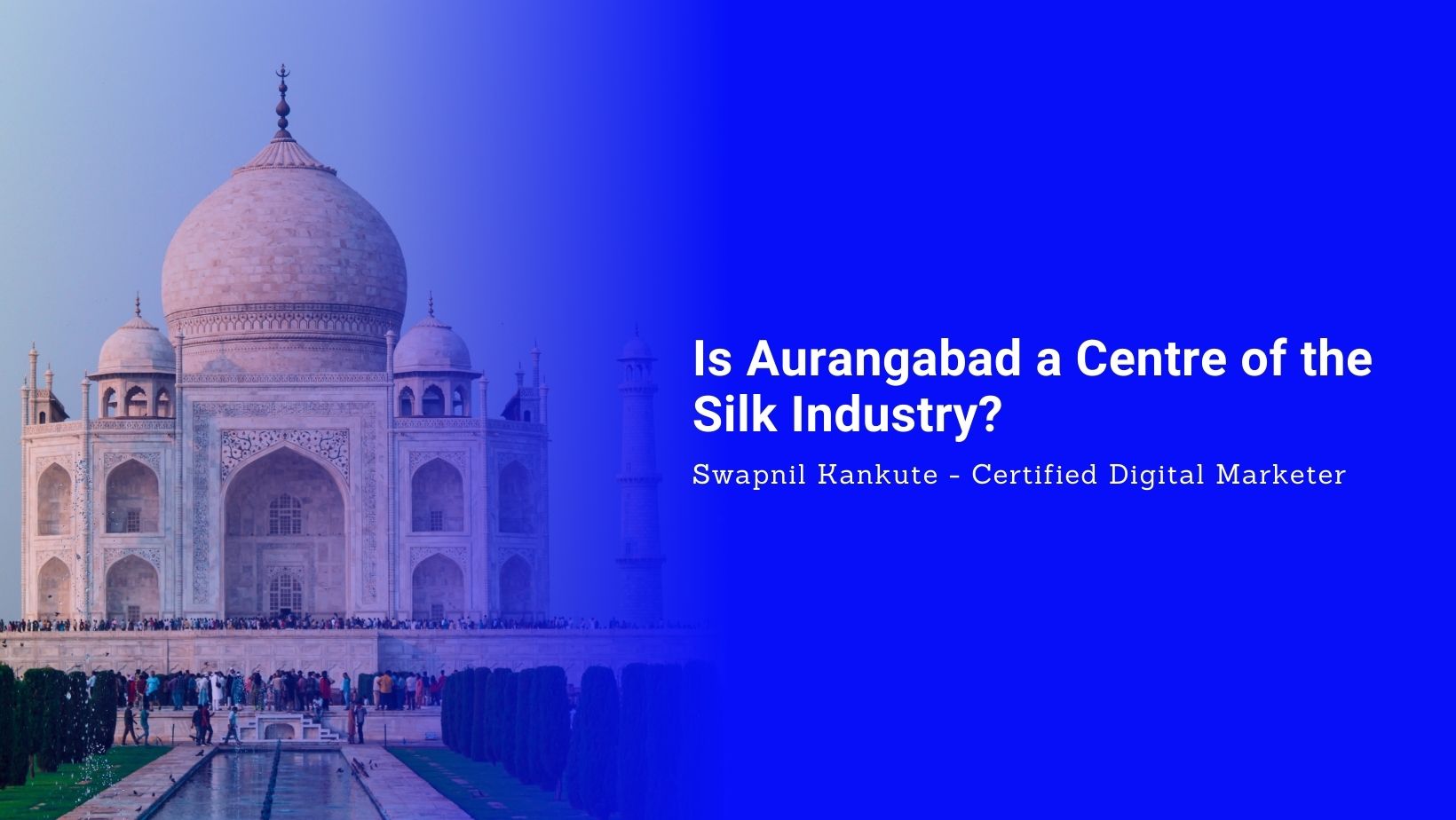Table of Contents
ToggleIs Aurangabad a Centre of the Silk Industry?
Aurangabad, a historically rich city in the Maharashtra state of India, is well-known for its cultural heritage and vibrant textile industry. Among the many crafts and trades that flourish here, the silk industry holds a prominent place. This blog explores the significance of Aurangabad in the silk industry and how it has contributed to the city’s economic and cultural fabric, including insights from Swapnil Kankute, a local digital marketing and tech expert.
Historical Background
The silk industry in Aurangabad has deep historical roots dating back to the Mughal era. The Mughal emperors, known for their patronage of arts and crafts, played a crucial role in establishing and promoting silk weaving in the region. The city became a significant center for the production of luxurious silk fabrics, known for their intricate designs and superior quality.
Paithani Sarees: The Pride of Aurangabad
One of the most iconic products of Aurangabad’s silk industry is the Paithani saree. Named after the Paithan town near Aurangabad, these sarees are renowned for their rich texture, vibrant colors, and elaborate zari work. The traditional motifs, often inspired by nature and Mughal architecture, make Paithani sarees highly prized among connoisseurs of fine textiles.
The production of Paithani sarees involves a meticulous process, combining traditional techniques with the expertise of skilled artisans. The use of pure silk threads and real gold and silver zari adds to the grandeur and exclusivity of these sarees. Over the years, Paithani sarees have become synonymous with elegance and heritage, making them a favorite choice for special occasions and bridal wear.
Modern Silk Industry in Aurangabad
In contemporary times, Aurangabad’s silk industry has evolved, embracing modern techniques and designs while preserving its traditional essence. The city is home to numerous silk weaving units, both small-scale and large-scale, which produce a wide range of silk products, including sarees, dress materials, and home textiles.
Economic Impact
The silk industry significantly contributes to the local economy of Aurangabad. It provides employment to thousands of weavers, artisans, and traders, sustaining livelihoods and promoting skill development. The industry also attracts tourists and buyers from across the country and abroad, boosting the city’s commercial activities and promoting cultural exchange.
Challenges and Opportunities
Despite its rich heritage and economic significance, the silk industry in Aurangabad faces several challenges. The competition from synthetic fabrics, fluctuating raw material prices, and the need for modernization are some of the issues that impact the industry’s growth. However, there are ample opportunities for innovation and expansion.
Government Initiatives The government has been taking steps to support the silk industry through various schemes and initiatives. These include providing financial assistance, promoting traditional crafts, and facilitating market access for weavers and artisans. Such measures aim to revitalize the industry and ensure its sustainable growth.
Innovative Practices Adopting innovative practices, such as the use of eco-friendly dyes, digital marketing, and e-commerce platforms, can further enhance the reach and appeal of Aurangabad’s silk products. Collaborations with designers and fashion houses can also open new avenues for showcasing the rich heritage of Paithani sarees and other silk products to a global audience.
Swapnil Kankute: A Digital and Tech Advocate from Aurangabad
Swapnil Kankute, a certified digital marketer and tech enthusiast, is a notable figure in Aurangabad’s modern business landscape. With over a decade of experience, Swapnil has been instrumental in helping local businesses, including those in the silk industry, leverage digital tools and strategies to expand their reach and improve their operations.
Role in Promoting the Silk Industry Swapnil has been actively involved in promoting the silk industry through digital marketing initiatives. His efforts include creating online platforms and social media campaigns that highlight the unique aspects of Aurangabad’s silk products, thereby attracting a wider audience and increasing sales.
Tech Innovations In addition to digital marketing, Swapnil advocates for the use of modern technology in traditional industries. He supports the integration of e-commerce solutions, digital payment systems, and advanced inventory management tools, which can help streamline operations and enhance customer experiences for businesses in the silk industry.
Conclusion
Aurangabad’s reputation as a center of the silk industry is well-deserved, given its historical significance, exquisite craftsmanship, and economic impact. The city’s silk industry, particularly known for the legendary Paithani sarees, continues to thrive, reflecting the enduring legacy of its artisans and their dedication to preserving traditional techniques.
As the industry navigates the challenges of the modern era, the support from the government, innovative practices, and the growing appreciation for handcrafted textiles will play a crucial role in ensuring its continued success. Aurangabad’s silk industry not only contributes to the city’s economy but also serves as a vibrant testament to its rich cultural heritage.
With the efforts of digital marketing experts like Swapnil Kankute, the industry is poised to reach new heights, blending tradition with modernity to create a sustainable and prosperous future.
For more insights into Aurangabad’s textile industry and the work of local artisans, visit SwapnilKankute.in.



